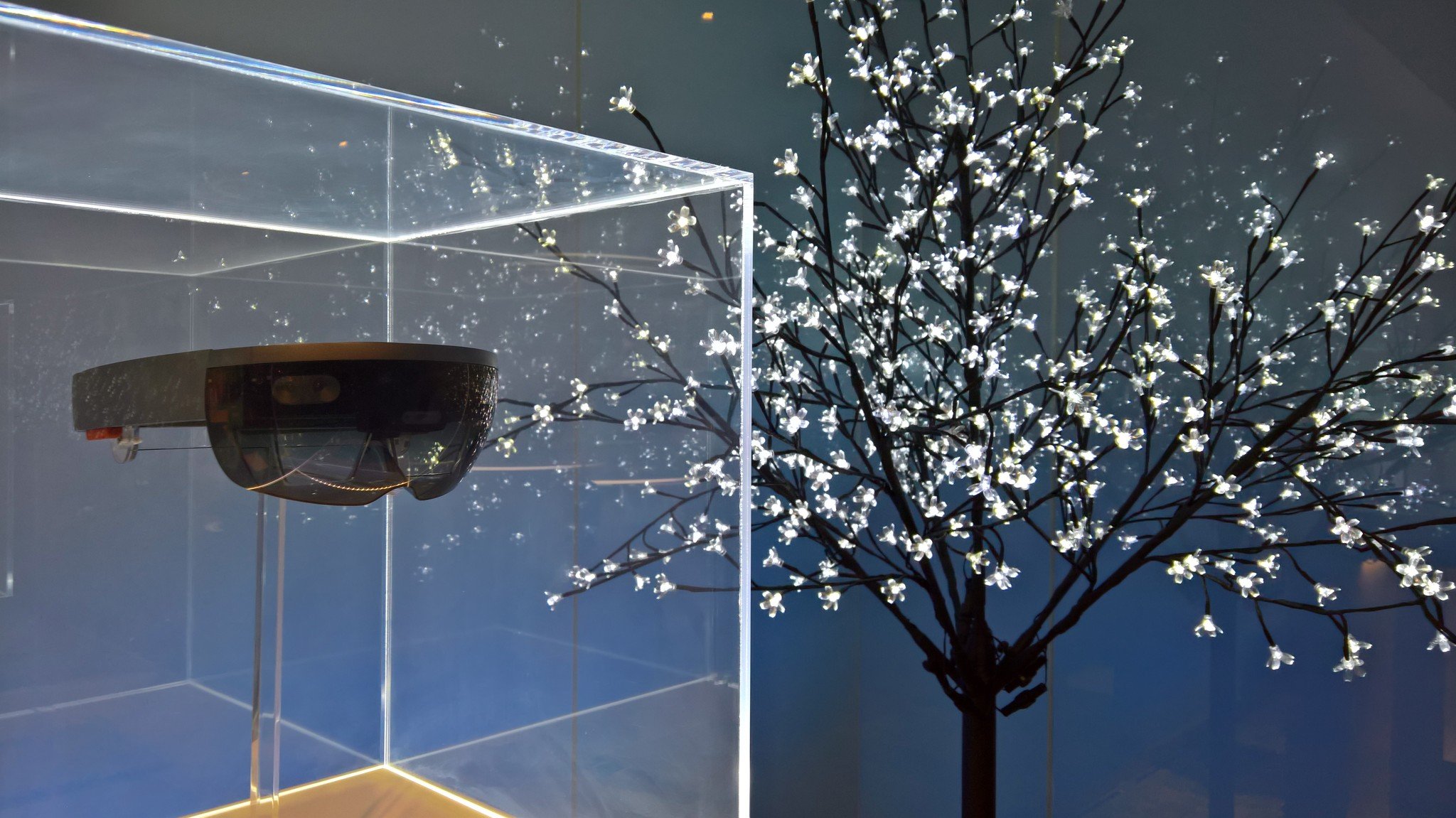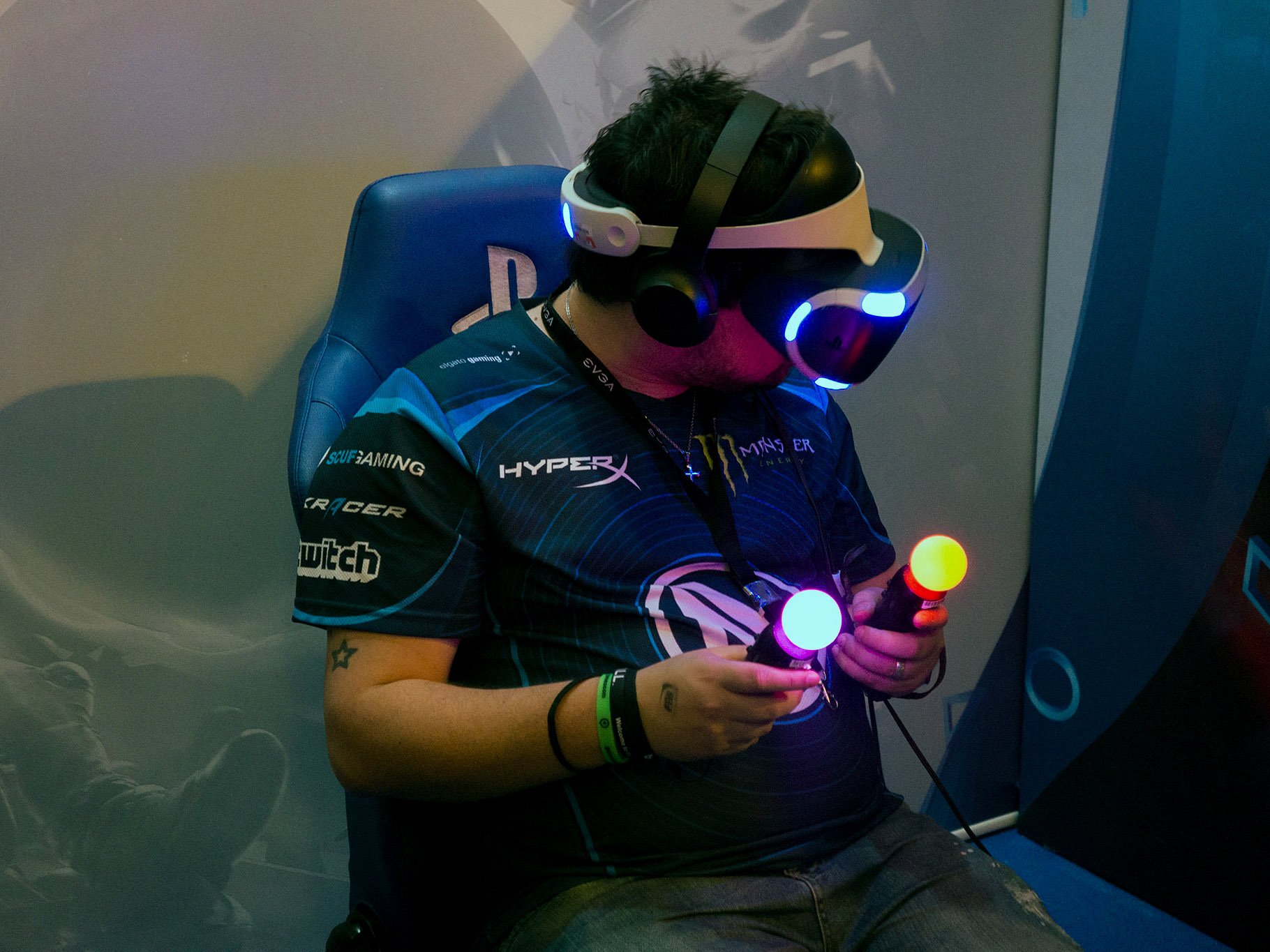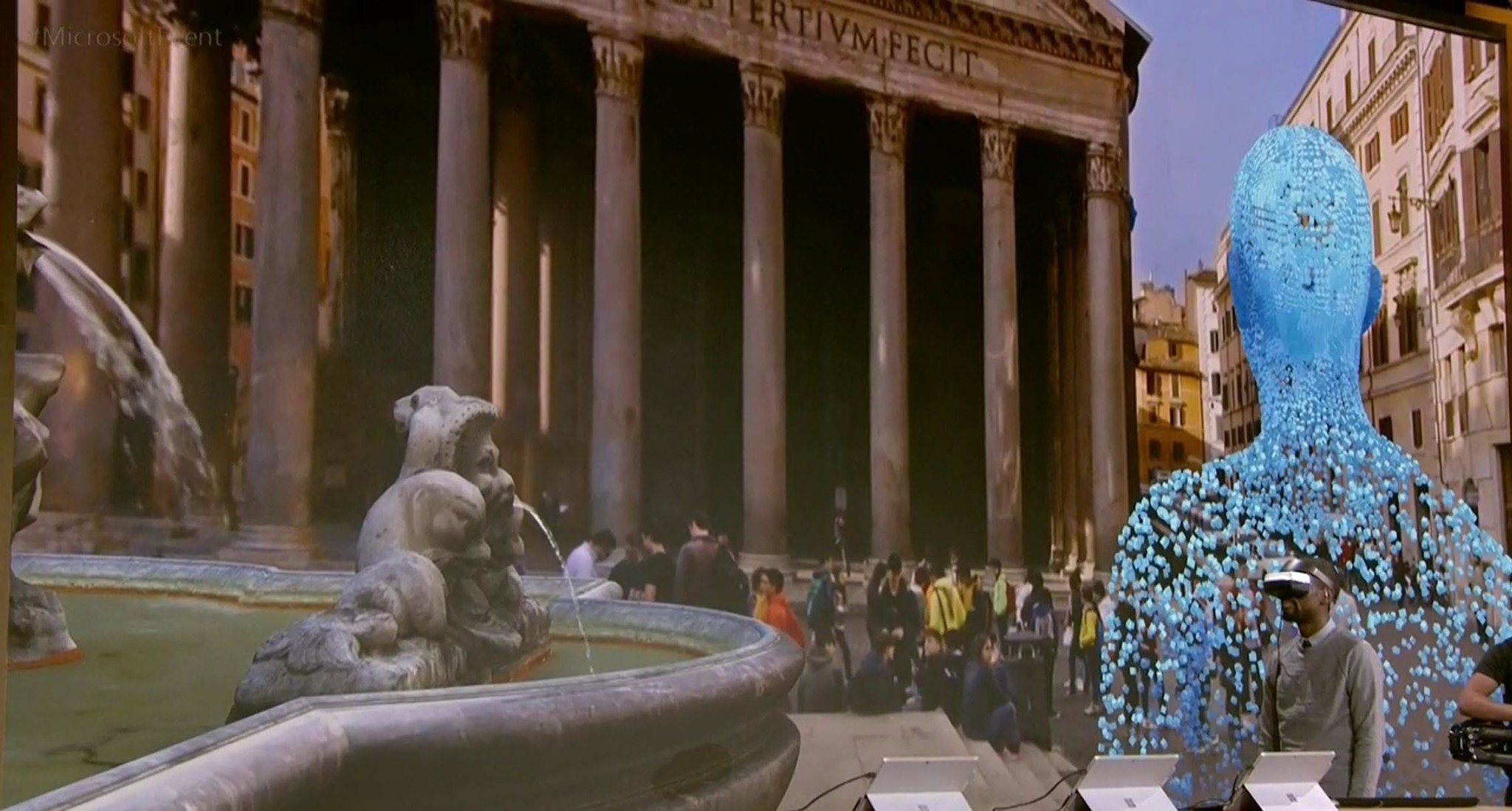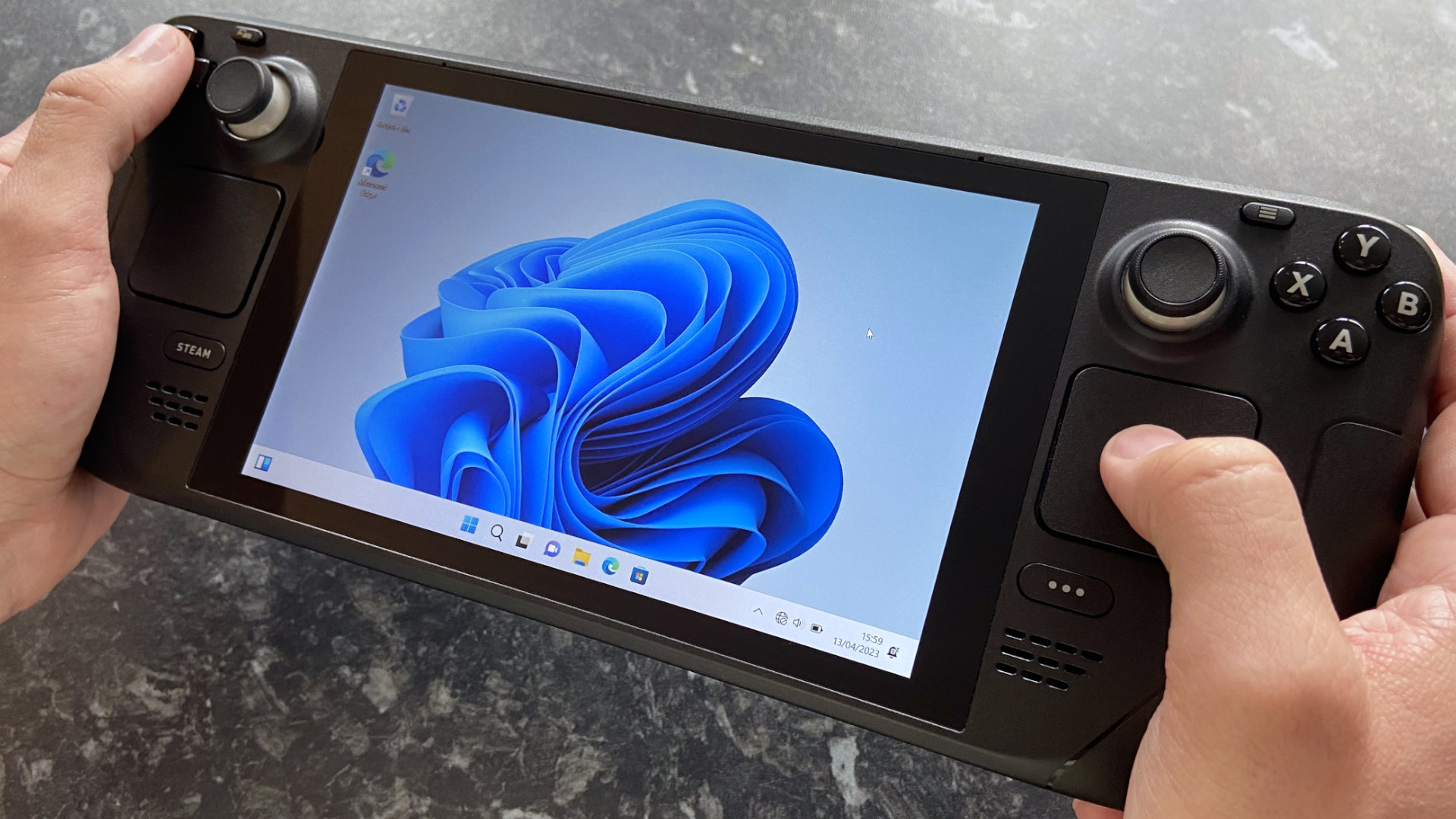Windows Holographic could fix the biggest problems with current VR platforms
The VR hype train shows no sign of stopping, but I would argue that it hasn't set the world on fire in the way its major proponents would have liked.

Oculus Rift, HTC Vive, PlayStation VR, Google Cardboard, and more. There seems to be no end in sight for companies who want to jump on the bandwagon, and Microsoft themselves today announced a major segue into the market.
Through the power of Windows Holographic, Microsoft is bringing features we've seen demonstrated in HoloLens to new VR headsets developed with partners like HP, ASUS, Lenovo, Acer and Dell. Microsoft was also proud to note that these headsets will start at $299, rather than Oculus Rift-level prices of $599 and higher.
As someone who has tried out various VR devices, I remain unconvinced by the technology as a necessary step for gaming, but Windows Holographic could change all that.

One of my major pet peeves about VR is the isolating nature of it. Many of the VR games on the market today are simply "experiences," unintended for lengthy gaming sessions. When VR games are designed from the ground-up, the highest quality games tend to be ports of regular PC games like Elite Dangerous, using the VR headset to replace the camera "look" function of a mouse or controller joystick.
Of course, there are plenty of games which defy these generalizations, but it's irrelevant to my central pet peeve. The isolation. Some may refer to it immersion, but there's rarely a situation where I want to completely shut myself out of the real world, and frankly, it's not always practical. We've all seen the gifs of people falling over in VR, or getting trolled by someone outside of the experience.

Disregarding the more circumstantial problems, there are some intrinsic issues when it comes to VR headsets acting as a replacement for a TV or monitor. If you want to do any PC tasks while inside VR, you'll have to use a VR desktop app with a physical keyboard and mouse (that you can't see) or remove the headset entirely. Even with apps like Virtual Desktop, fumbling around for the mouse and keyboard blindfolded speaks to scenarios that VR simply hasn't accounted for yet. Apps like BigScreen and Virtual Desktop are a temporary solution for a systemic issue.
The Windows Holographic VR headsets, however, are not only cheaper than the hot-ticket VR items on the market, but they utilize technology similar to HoloLens' and Kinect's object mapping. HTC Vive and Oculus Rift both require external sensors to be placed within your VR space to calculate the proper size of your room. HoloLens and the Windows Holographic VR headsets defeat this problem by placing the sensors on the headset itself, mapping your environment dynamically in real time with on-board cameras.
All the latest news, reviews, and guides for Windows and Xbox diehards.
Not only could this give the wearer continuous feedback on their physical position, helping to mitigate motion sickness, but it could also provide information on exactly what is in the room with you, reducing the feeling you're wearing a blindfold. Sure, VR users get used to some of these sensations over time, but if Windows Holographic can reduce the barriers for the masses, it could help VR adoption in a big way.



Windows Holographic will make the VR experience a little more PC-like, reducing the delta between your physical self, the outside environment and your actual PC.
Windows Holographic and UWP could also bring lots of PC functionality to the VR environment. While apps like Virtual Desktop and BigScreen do provide PC functionality, they require dedicated control over your headset. It looks as though VR through UWP will work hand in hand with apps on Windows Holographic, sitting on top of the primary VR experience. Using HoloLens-like hand tracking and 3D object scanning, the next generation of VR headsets will have the capability to bring more components of reality into your virtual world, allowing you to respond to emails, join in Skype calls and maybe even stream on Beam directly from the hardware. All without leaving your game.
Microsoft demonstrated Holotour on stage, which allowed the user to experience an interactive 360-degree video of Italy without losing access to other apps. The 3D environment in Microsoft's mixed-reality demonstration ran in tandem with other UWP apps, such as Edge and Netflix. Sure, a 360-degree video is by no means as intensive as a fully immersive video game, but it's not a stretch to think that level of streamlined multitasking couldn't occur in the future thanks to UWP and Windows Holographic.
Sure, there's a bit of speculation going on here, but the video seems like a fair indication that Windows Holographic will make the VR experience a little more PC-like, reducing the delta between your physical self, the outside environment and your actual PC.
While Oculus Rift, PlayStation VR and HTC Vive are fighting to find the killer VR app for gaming, Windows Holographic's "best of both worlds" mixed reality could be the silver bullet needed to make VR accessible to the wider market. And of course, we still need to find out how Project Scorpio will fit into all of this.

Jez Corden is the Executive Editor at Windows Central, focusing primarily on all things Xbox and gaming. Jez is known for breaking exclusive news and analysis as relates to the Microsoft ecosystem while being powered by tea. Follow on Twitter (X) and tune in to the XB2 Podcast, all about, you guessed it, Xbox!
